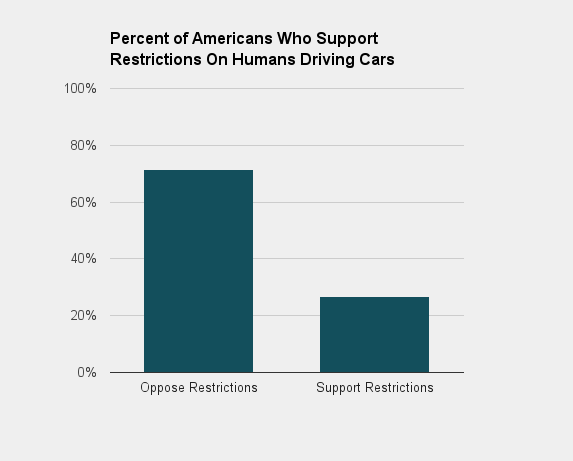As reported by Fox News: A glitch at the International Space Station on Tuesday caused its position in orbit to change, but the crew was not in danger, the Russian space agency said.
Roscosmos said the engines of a Soyuz spacecraft docked at the station unexpectedly started during testing of the radio system that controls the docking procedure.
 Steps were taken to stabilize the station and specialists were now working to determine what caused the engines to start, the agency said.
Steps were taken to stabilize the station and specialists were now working to determine what caused the engines to start, the agency said.
Two Soyuz spacecraft are docked at the station, and one of them is scheduled to return three of the six crew members to Earth this week. Roscosmos did not specify which capsule had the malfunction, but said the landing would go ahead as planned.
Tuesday's problem follows the failure of a Soyuz booster rocket, which in addition to launching the manned Soyuz spacecraft also is used to send Progress cargo ships to the space station.
A Soyuz rocket carrying a Progress suffered a breakdown after a launch in April, prompting Russia to delay the landing of the three crew members and the launch of a new three-person crew. The landing, originally planned for last month, was rescheduled to Thursday.
Roscosmos said the engines of a Soyuz spacecraft docked at the station unexpectedly started during testing of the radio system that controls the docking procedure.
 Steps were taken to stabilize the station and specialists were now working to determine what caused the engines to start, the agency said.
Steps were taken to stabilize the station and specialists were now working to determine what caused the engines to start, the agency said.Two Soyuz spacecraft are docked at the station, and one of them is scheduled to return three of the six crew members to Earth this week. Roscosmos did not specify which capsule had the malfunction, but said the landing would go ahead as planned.
Tuesday's problem follows the failure of a Soyuz booster rocket, which in addition to launching the manned Soyuz spacecraft also is used to send Progress cargo ships to the space station.
A Soyuz rocket carrying a Progress suffered a breakdown after a launch in April, prompting Russia to delay the landing of the three crew members and the launch of a new three-person crew. The landing, originally planned for last month, was rescheduled to Thursday.










